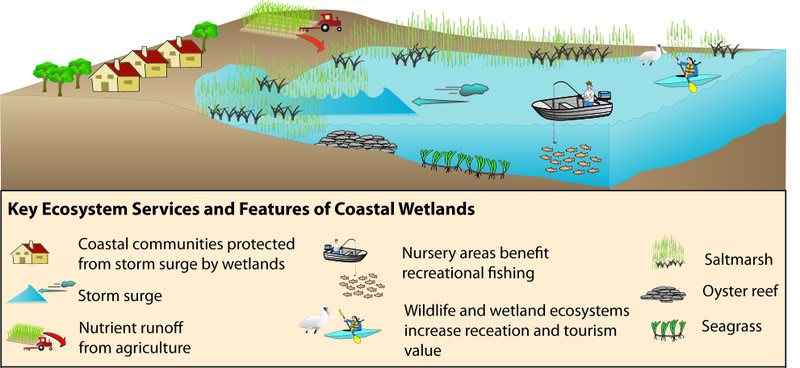Ostroms' nostroms
TABLE 1. CONDITIONS EXHIBITED BY DURABLE Common-Pool Resources–CPR–INSTITUTIONS.
1. Clearly defined boundaries:
Individuals or households who have rights to withdraw resource units from the
CPR must be clearly defined, as must the boundaries of the CPR itself.
2. Congruence between rules and local condition:
Rules restricting time, place, technology, and/or quantity of resource units
are related to local conditions. There should be a small set of simple rules
related to the access and resource use patterns agreed upon by the
appropriators, rules easy to learn, remember, use and transmit.*
3. Collective-choice arrangements:
Most individuals affected by the operational rules can participate in modifying
these operational rules. There is a need to remain adaptable, to be able to
modify the rules with regard to membership, access to and use of the CPR and to
remain responsive to rapid exogenous changes. *
4. Monitoring: Monitors, who
actively audit CPR conditions and appropriator behaviors, are accountable to
the appropriators or are the appropriators. The enforcement
of the rules is shared by all appropriators sometimes assisted by
"official" observers and enforcers. *
5. Graduated sanctions:
Appropriators who violate operational rules are likely to be assessed graduated
sanctions (depending on the seriousness and context of the offense) by other
appropriators, by officials accountable to these appropriators, or by both.
6. Conflict-resolution mechanisms:
Appropriators and their officials have rapid access to low-cost local arenas to
resolve conflicts among appropriators or between appropriators and officials.
There is also the need to adapt the rules to changing conditions and apply
different rules to different problems and scales of problems. *
7. Minimal recognition of rights to organize:
The rights of appropriators to devise their own institutions are not challenged
by external governmental authorities. Appropriators must be able to legally
sustain their ownership of the CPR.*
Furthermore, their organization must be perceived as legitimate by the
larger set of organizations in which it is nested. *
8. Nested enterprises: For CPRs
that are part of a larger system, the appropriation, provision, monitoring,
enforcement, conflict resolution, and governance activities are organized in
multiple layers of nested enterprises.
Sources:
Ostrom, E. (1992). The rudiments
of a theory of the origins, survival, and performance of common-property
institutions, In D. W. Bromley [Ed.] Making the Commons Work: Theory,
Practice and Policy. San Francisco: ICS Press.
Ostrom,
E. (1990). Governing the
Commons: The Evolution of Institutions for Collective Action. New York: Cambridge University Press.
http://www-personal.umich.edu/~rdeyoung/tragedy.html

